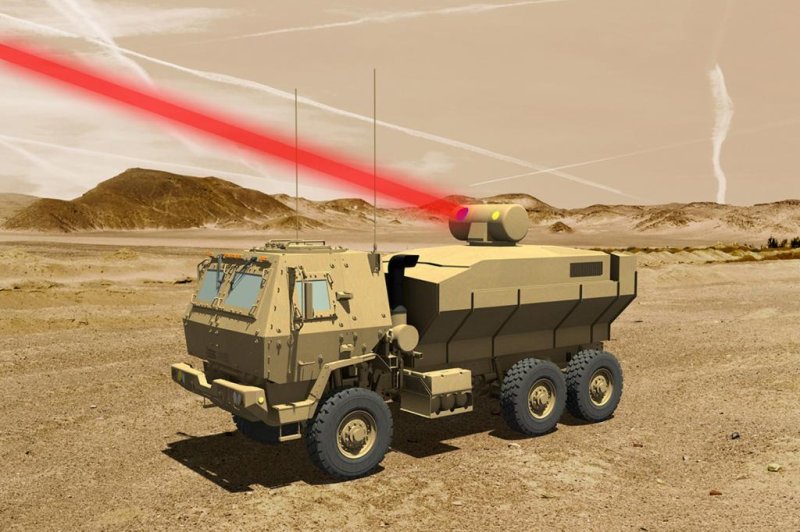March 16 (UPI) -- Lockheed Martin has completed its designs, development and demonstrations for a 60 kW-class laser defense system to be delivered to the U.S. Army.
The system is a vehicle-mounted platform to be used to defend ground-based assets against unmanned aerial vehicles and artillery attacks such as mortar fire and rockets. Lockheed Martin's latest design for the solution was based on earlier concepts conceived under the U.S. Department of Defense's Robust Electric Laser Initiative.















